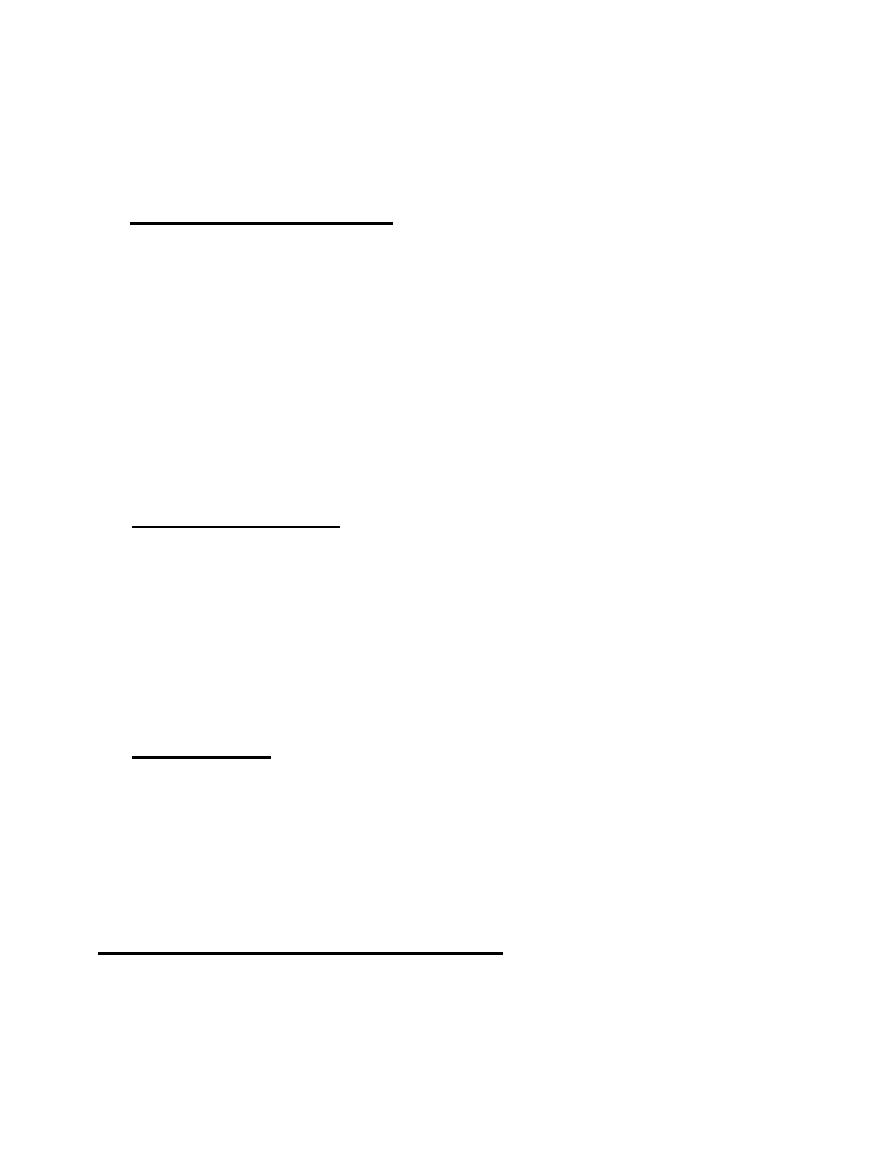 |
|||
|
|
|||
|
|
|||
| ||||||||||
|
|
 TM 32-5865-069-24&P
being processed. The signals RCVR BLANKING and DELAY GATE 1-4 provide this infor-
mation. In the look-thru mode, the timing of FFT CNTRL REG CLK/DELAY also depends
upon the type of signal being processed. When not operating in the look-thru
mode, the timing of the signal is controlled by OBFA1 from the CPU.
3-3.8.4.1 Wideband IF Signal Processing. When a wideband IF signal is being
processed, the trailing ed e of RCVR BLANKING from line-receiver U5B triggers the
wideband IF delay circuit U14, U12A, U28B). This circuit provides a delay of
approximately 5 microseconds, compensating for the delay in the 200 kHz filter
used in the down converter. The output of the delay circuit is routed thru the
gating logic (U6A, U6B, U13A, U26B, U28C) to clock enable flip-flop U18A. U18A
transfers the state of OBFA1 to enable the FFT clock control logic circuit (U13C,
U13D, U21A, U21C, U24E) . The output of the gating circuit also triggers pulse
stretcher circuit (U1B, U7A). This circuit provides a pulse approximately 1 sec-
ond long. The leading edge is coincident with the delayed trailing edge of RCVR
BLANKING. At this time there is valid data in the signal input to AR1. The pulse
is output as the LOOK THRU MODE CONTROL signal and fed to the FFT clock control
logic. This signal, gated by TJ MODE, provides the FFT CNTRL REG CLK/DELAY
signal. FFT CNTRL REG CLK clocks control data onto the CDAT bus. DELAY clocks
status flag generator U15A to provide the CIVLD flag signal. CIVLD starts the
data processing cycle.
3-3.8.4.2 Video Signal Processing. Four signals, DELAY GATE 1-4, are buffered by
line receivers U8 and U9. These signals are fed to 4 to 1 multiplexer U1O. U1O
selects the appropriate receiver delay gate using control signals RCVR NO MSB,
RCVR NO LSB. The output of U1O is routed thru the gating logic circuit to clock
enable flip-flop U18A. U18A transfers the state of OBFA1 to enable the FFT clock
control logic circuit. The gate output also triggers pulse stretcher circuit.
This circuit provides a 1 second long pulse. The leading edge is coincident with
the leading edge of the selected receiver DELAY GATE. At this time there should
be valid data in the RCVR VIDEO signal input to AR1. LOOK THRU MODE CNTRL is
gated with TJ MODE in the FFT clock control circuit to provide the FFT CNTRL REC
CLK/DELAY signal. This signal is used to enable control data onto the CDAT bus
and set the CIVLD flag.
3-3.8.4.3 Bandwidth Check. The gating circuit also provides the signal RCVR BW
CHK . All the time there is valid data in the signal input to AR1, RCVR BW CHK
remains low. The function AIDSEL*, from the PAN processor, is used together with
PICCLK to fetch data samples from the ADAT register. These two signals and RCVR
BW CHK are fed into U14. When the PAN processor has collected the required number
of samples to provide a valid display, AIDSEL* is set high. When AIDSEL* goes
high, RCVR BW CHK is transferred to the output of U14 as the flag signal PDBWTN.
If RCVR BW CHK is high at this time, PDBWTN is set high. This indicates that
there is insufficient time to collect the required number of data samples to
provide a valid display. OBFA* resets the flag.
block diagram of a typical CPD. The RSPU contains four CPD. The CPD is an inte-
grating, peak responding, threshold detector. It is capable of detecting energy
levels at low signal to noise ratios with a typical response time of 2 milli-
seconds. An integrator disable circuit prevents the integrator bias from changing
in the presence of noise only. This allows the circuit to respond to low duty
cycle samples of CW, AM, FM, or SSB modulated signals. There are two versions of
the CPD. The differences are shown on FO-5.
3-20
|
|
Privacy Statement - Press Release - Copyright Information. - Contact Us |